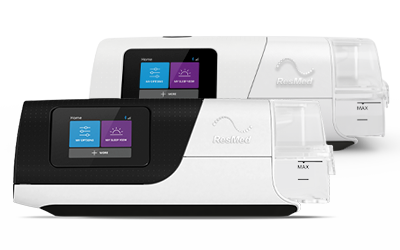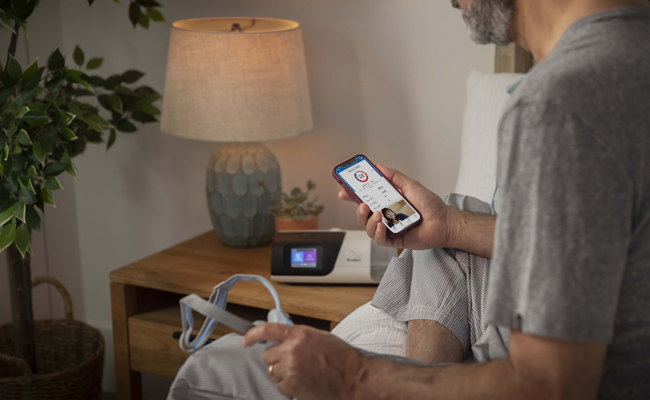Starting your CPAP or BiPAP therapy at home
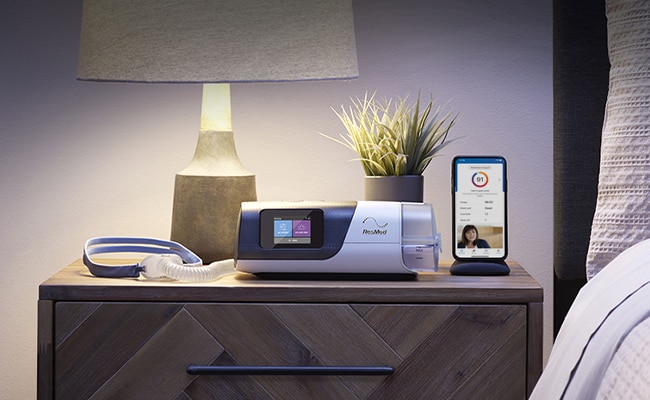
If you’ve been diagnosed with sleep apnoea, we’re here to help you get started.
Learn more about sleep apnoea therapy, including how to set up your equipment and monitor your results.
Step 1: How do I set up my Air11 equipment?
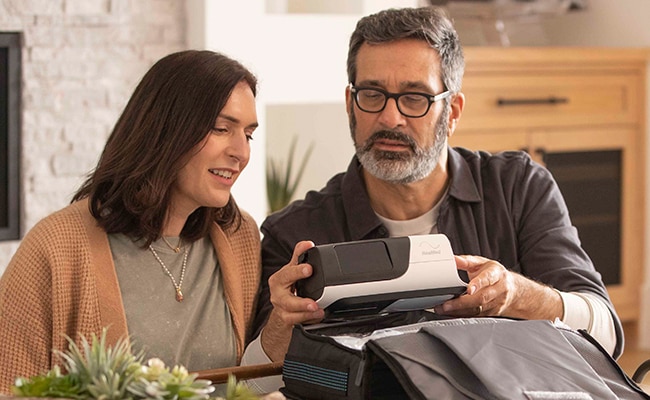
Four products work together to deliver your therapy: a machine, a CPAP mask, tubing and the ResMed myAir app. Our remote setup guide explains how to get these items connected together and working smoothly.
See remote setup guide ➜
Watch AirSense 11 video ➜
Watch AirCurve 11 video ➜
Device onboarding with the myAir app
Watch this video to learn how you can use the myAir Personal Therapy Assistant (PTA) feature to set up your AirSense 11 or AirCurve 11 device and CPAP mask. PTA also helps you to get used to therapy pressures, check your mask seal, and improve your mask fit if necessary.
Step 2: How to fit your mask?
AirFit N20 – Fitting
AirFit F20 – Fitting
AirFit F30i – Fitting
AirFit F40 – Fitting
AirFit N30 – Fitting
AirFit N30i – Fitting
AirFit P30i – Fitting
AirFit P10 – Fitting
AirFit F30 – Fitting
Step 3: How do I clean and maintain my equipment?
Your PAP equipment is more likely to be effective if it’s kept in good condition. Adopt a few good habits and you’ll find that it’s quick and easy to keep your CPAP or BiPAP equipment in good working order. Please refer to your user guide for specific guidance about maintaining your equipment.
Step 4: How do I make the most of PAP therapy?
Maximizing comfort: Humidification
Heated humidification has been shown to relieve some of the side effects of therapy such as a dry nose or mouth1,2.
Maximizing comfort: Ramp
The Ramp setting allows you to fall asleep comfortably by starting at a lower pressure and gently ramping up to your prescribed pressure.
Taking your CPAP or BiPAP device away from home
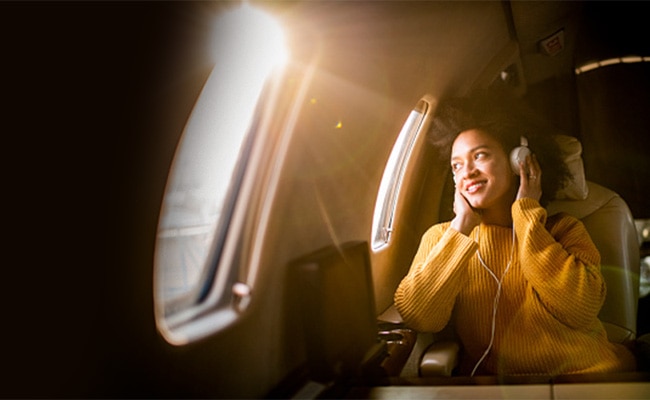
Now you know how to set up your PAP therapy at home, you may be wondering what happens if you need to go away – whether for an overnight stay, a weekend with friends, or a longer holiday. Read our guide to travelling with your PAP machine to help you stay on track with your treatment, wherever you are in the world.
Keep exploring

Shop accessories online
Do you need new CPAP accessories, equipment or spare parts for your AirSense 11 device?

AirSense 11 device
Looking for how-to videos, AirSense 11 FAQs and technical documentation?

Patient ebooks
Discover our sleep apnoea and snoring ebooks and learn about diagnosis, treatment, equipment, travel and more for a positive CPAP therapy experience.
Please refer to the user guides for relevant information related to any contraindications, warnings and precautions to be considered before and during use of the products.
References:
- Humidification in Sleep-Related Breathing Disorders Adam V. Benjafield and Glenn N. Richards, in: Randerath WJ, Sanner BM, Somers VK (eds): Sleep Apnea.Prog Respir Res. Basel, Karger, 2006, vol 35, pp 145–150.
- G N Richards, P A Cistulli, R G Ungar, M Berthon-Jones, C E Sullivan Mouth leak with nasal continuous positive airway pressure increases nasal airway resistance. Am J Respir Crit Care Med 1996; 154: 182-6.
Content last updated: 03/2024.
